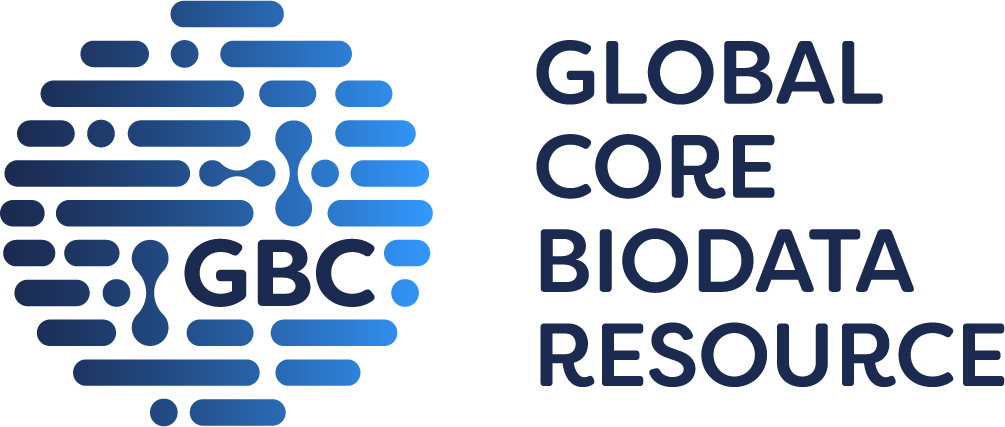
AG 1024 [Ligand Id: 5912] activity data from GtoPdb and ChEMBL
Click here for a description of the charts and data table
Please tell us if you are using this feature and what you think!
| ChEMBL ligand: CHEMBL2218926 |
|---|
There should be some charts here, you may need to enable JavaScript!
|
There should be some charts here, you may need to enable JavaScript!
|
| DB | Assay description | Assay Type | Standard value | Standard parameter | Original value | Original units | Original parameter | Reference |
|---|---|---|---|---|---|---|---|---|
| CDGSH iron-sulfur domain-containing protein 1 in Human (target type: SINGLE PROTEIN) [ChEMBL: CHEMBL1795168] [UniProtKB: Q9NZ45] | ||||||||
| ChEMBL | Displacement of [3H]rosiglitazone from recombinant human C-terminal His-tagged MitoNEET cytosolic domain (32 to 108 residues) expressed in Escherichia coli BL21 by Cheng-Prusoff analysis | B | 7.11 | pKi | 77 | nM | Ki | Bioorg Med Chem Lett (2016) 26: 5350-5353 [PMID:27687671] |
| ChEMBL | Displacement of [3H]rosiglitazone from recombinant human C-terminal His-tagged MitoNEET cytosolic domain (32 to 108 residues) expressed in Escherichia coli BL21 by scintillation proximity assay | B | 5.74 | pIC50 | 1800 | nM | IC50 | Bioorg Med Chem Lett (2016) 26: 5350-5353 [PMID:27687671] |
| Insulin-like growth factor I receptor in Human (target type: SINGLE PROTEIN) [ChEMBL: CHEMBL1957] [GtoPdb: 1801] [UniProtKB: P08069] | ||||||||
| ChEMBL | IGF1R diphosphorilated was immobilized on a Biacore CM5 chip at 25 degrees C with 2uM K04355 and a flow rate of 30 uL/min using amine coupling at pH 4.50 according to Biacore standard protocol. Data sets were processed and analyzed using the software Biacore 4000 Evaluation. Solvent corrected and double-referenced association and dissociation phase data were fitted to a simple 1:1 interaction model with mass transport limitations | B | 7.15 | pKd | 70.75 | nM | Kd | K4DD drug target binding kinetics data |
| GtoPdb | - | - | 4.74 | pIC50 | 18000 | nM | IC50 | Endocrinology (1997) 138: 1427-33 [PMID:9075698] |
ChEMBL data shown on this page come from version 35:
Zdrazil B, Felix E, Hunter F, Manners EJ, Blackshaw J, Corbett S, de Veij M, Ioannidis H, Lopez DM, Mosquera JF, Magarinos MP, Bosc N, Arcila R, Kizilören T, Gaulton A, Bento AP, Adasme MF, Monecke P, Landrum GA, Leach AR. (2024). The ChEMBL Database in 2023: a drug discovery platform spanning multiple bioactivity data types and time periods. Nucleic Acids Res., 52(D1). DOI: 10.1093/nar/gkad1004. [EPMCID:10767899] [PMID:37933841]
Davies M, Nowotka M, Papadatos G, Dedman N, Gaulton A, Atkinson F, Bellis L, Overington JP. (2015) 'ChEMBL web services: streamlining access to drug discovery data and utilities.' Nucleic Acids Res., 43(W1). DOI: 10.1093/nar/gkv352. [EPMCID:25883136]







